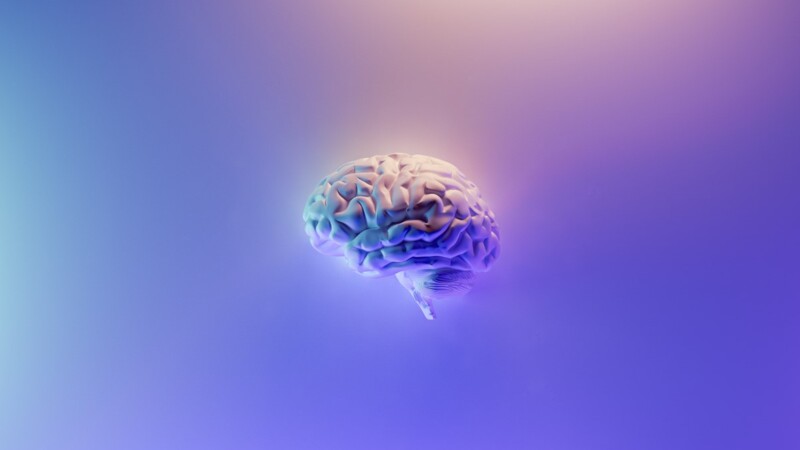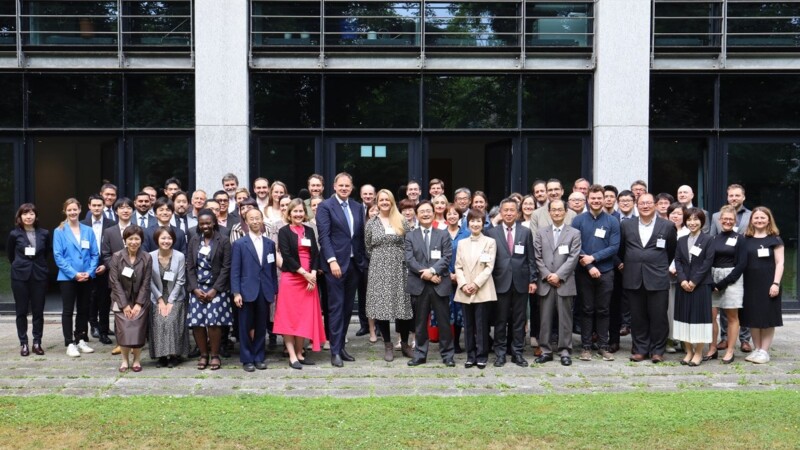The team led by Morgan will refine Speech Technology in the context of the project "Naming the world: Semantic associations and form-meaning mappings in the mental lexicon across sign Languages (SemaSign)" with a view to tracking down links between the shapes and meanings of individual signs. Different sign language models will be investigated. For example, the model created in Guinea-Bissau in West Africa some 15 years ago will be used to illustrate how signs emerge at an extremely early stage and how the so-called "mental lexicon" grows by degrees.
How are words put together in sign language? And how can the smallest changes in shape alter the meaning? A new University of Hamburg (UHH) research project is to investigate these questions. A Starting Grant from the European Research Council (ERC) to the amount of around 1.5 million euros is to support an innovative research project being conducted by Dr Hope Morgan, an up-and-coming academic. The grant is to begin in February and run for a period of five years.
ERC grant aims to promote research into sign language
University of Hamburg: Expanding resources for teaching and learning
Dr Hope Morgan has since January 2024 been conducting research at the UHH Institute of German Sign Language and Communication of the Deaf (IDGS). She aims to give fresh impetus to the teaching and learning of symbolic signs based on her ERC-backed research project. Computer-aided analyses are to be used to generate new empirically robust sets of data.
fw/sb/rm
Sources and further information
ERC Grants
Grants provided by the European Research Council (ERC) are part of the European Union's Horizon Europe funding programme and are awarded to outstanding scientists and academics in fundamental research at the highest level, as well as to research in applied sciences. A distinction is made between different grant programmes, such as the ERC Starting Grant for young academics who gained their doctorates between two and seven years previously.
More
Similar articles

University of Hamburg gets EUR 4.5 million for new research unit

Hamburg University und Kyoto University extend strategic partnership

Hamburg's local government testing Large Language Model
